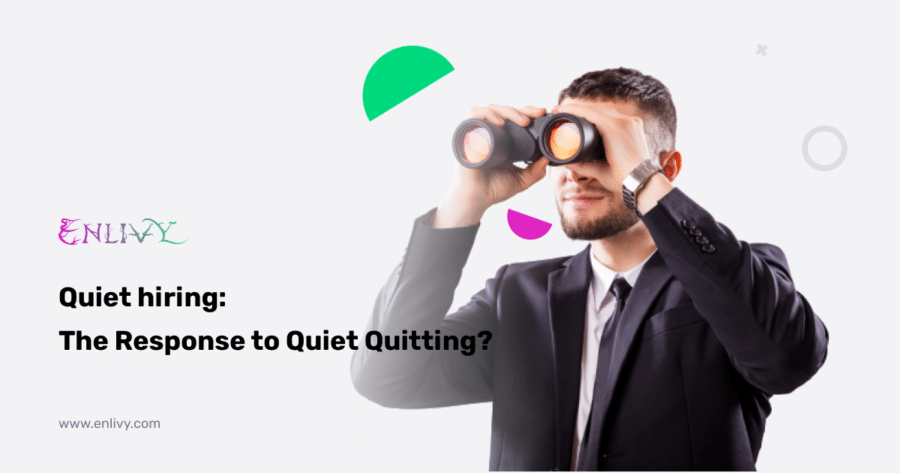
Managing C players: Strategies for Performance
Managing underperforming or non-performing staff is difficult for managers in every firm. These people, sometimes called “C players,” need particular care and approaches to deal with their performance concerns.

Headhunter Fees: What You Should Know
Many firms use headhunters to assist them in locating the best prospects when hiring top personnel. However, hiring a headhunter may be pricey, and many organizations question whether the expense is justified. In this article, we’ll explore the ins and outs of headhunter fees, including what they are, how they work, and whether they’re worth it.

How to Handle Employee Stress Efficiently
Employee stress is a common concern in the workplace that can result in lower productivity, low morale, and even physical and mental health issues. Employers must adequately manage employee stress to create a positive and effective work environment.

The Pros and Cons of Signing Bonuses
When attracting and retaining top personnel, signing bonuses are a popular strategy for many organizations. These one-time payments are designed to entice prospective workers to accept a job offer, sometimes by offering financial support to defray relocation costs or other expenses involved with starting a new position.

Achieving Success through High Performing Teams
High performing teams are more than just a group of individuals working together. They are a carefully crafted unit with specific attributes and characteristics that enable them to achieve extraordinary results. In this article, we will explore the three key elements of high performing teams, the benefits they bring to organizations, and examples of some of the most successful teams in history.

Workplace Absenteeism – How To Manage It
Workplace absenteeism is a widespread issue that harms productivity and profitability. Companies can reduce absenteeism by promoting work-life balance, providing flexible schedules, and encouraging employee communication.

What Is Employee Experience And Why It Is Essential
Employee experience refers to an employee’s complete contact with their employer. It consists of the workplace culture, surroundings, and benefits.

Quiet hiring: The Response to Quiet Quitting?
Quiet hiring has developed as a response to the problem of maintaining valuable skills and competencies in the face of a quiet quitting trend.

Gantt Charts: Pros in Project Management
Gantt charts have proven to be a useful resource for project managers looking to properly organize and monitor their projects.

What is Blue Ocean Strategy?
The Blue Ocean Strategy focuses on building new markets in order to drive demand and render competitors obsolete while also giving distinct value propositions to customers.